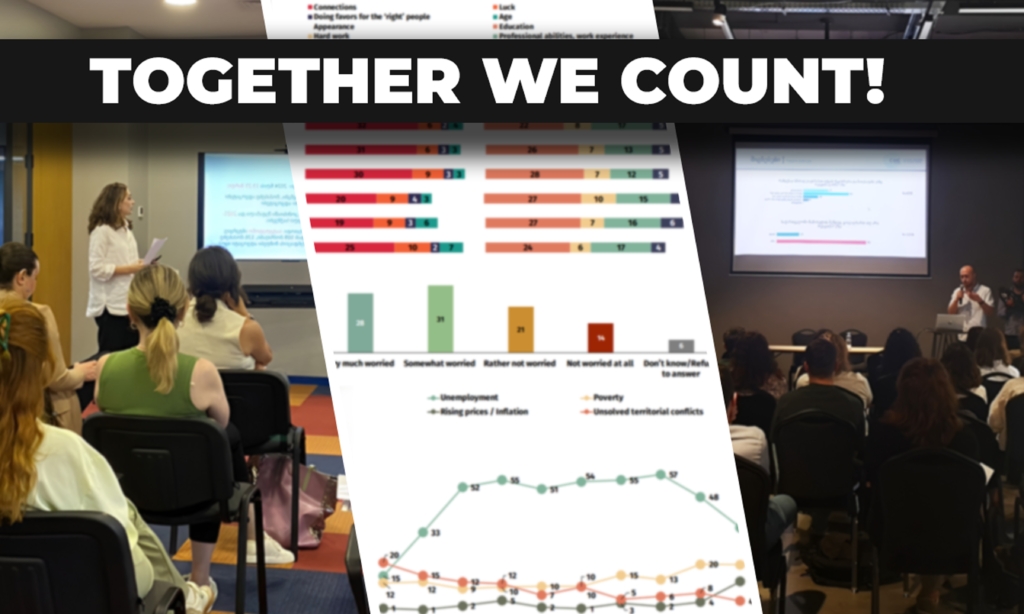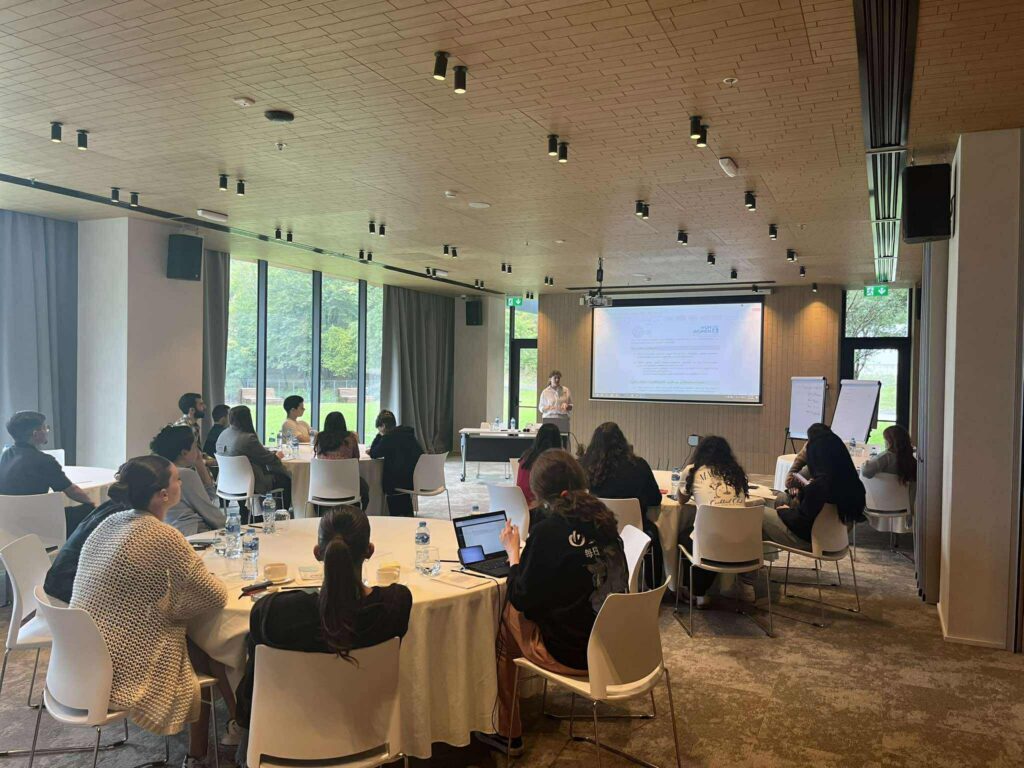In Georgia, there is generally a lack of good teachers – nationally, over 90% of teachers of certain disciplines failed their certification exams in 2013. Still, the low quality of teachers in rural areas is more pronounced. If we look at the statistics for pupils per certified teachers (i.e. teachers who have passed special exams and hence are considered better performers compared with their peers), we see that this number is highest in ethnic minority municipalities – that is, there are fewer certified teachers with more students. In Marneuli, Ninotsminda and Akhalkalaki municipalities, there are one hundred or more pupils per certified teacher, while in Sachkhere municipality in Imereti the respective number is 25.
This series of blog posts explored the results of 2014 Unified Entrance Exams, taking into consideration regional and gender factors. Both descriptive and exploratory analysis shows that there are significant disparities between applicants, especially from the geographic point of view. While UNE was an excellent opportunity for many applicants who would not have had the chance to be accepted to a higher educational institution within the previous corrupt admissions system, certain segments of the population still do not enjoy equal opportunities, not because of the UNE per se, but due to the existing endemic problems that the Georgian secondary education system faces. In spite of its impressive success, the improved university admissions system has not tackled Georgia’s deep-rooted educational inequalities.
Have other insights? Join the conversation on our Facebook page or in the comments section below.







